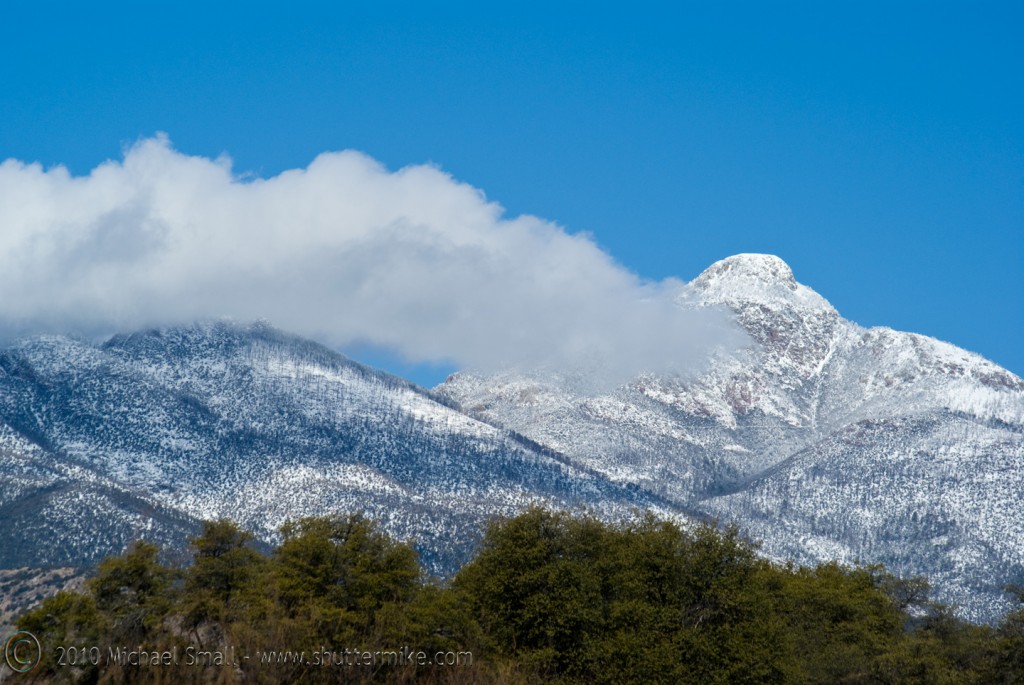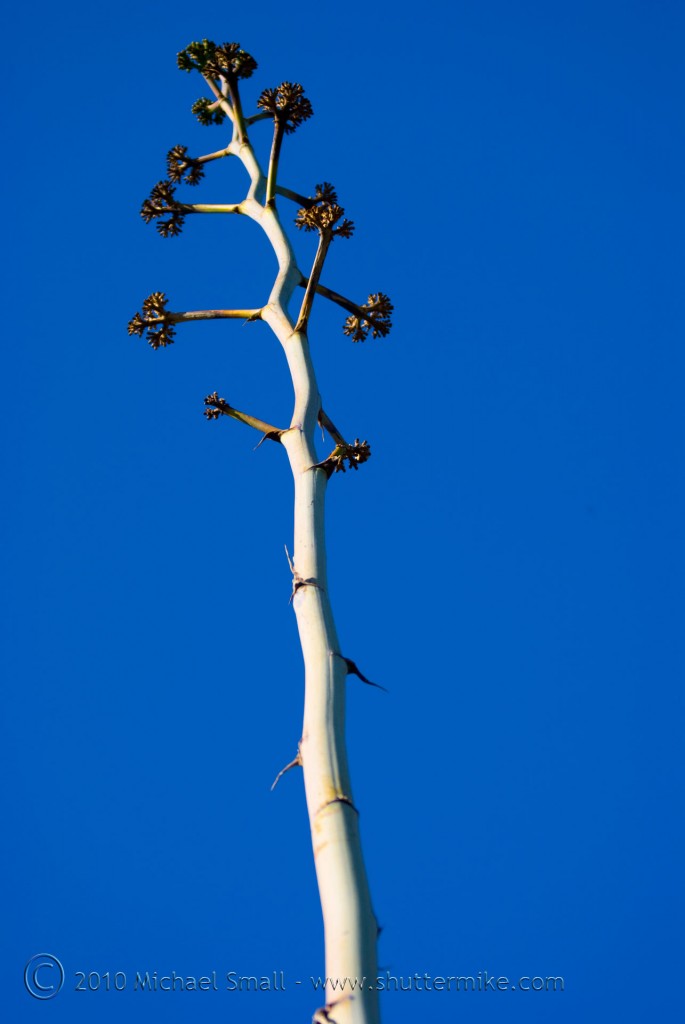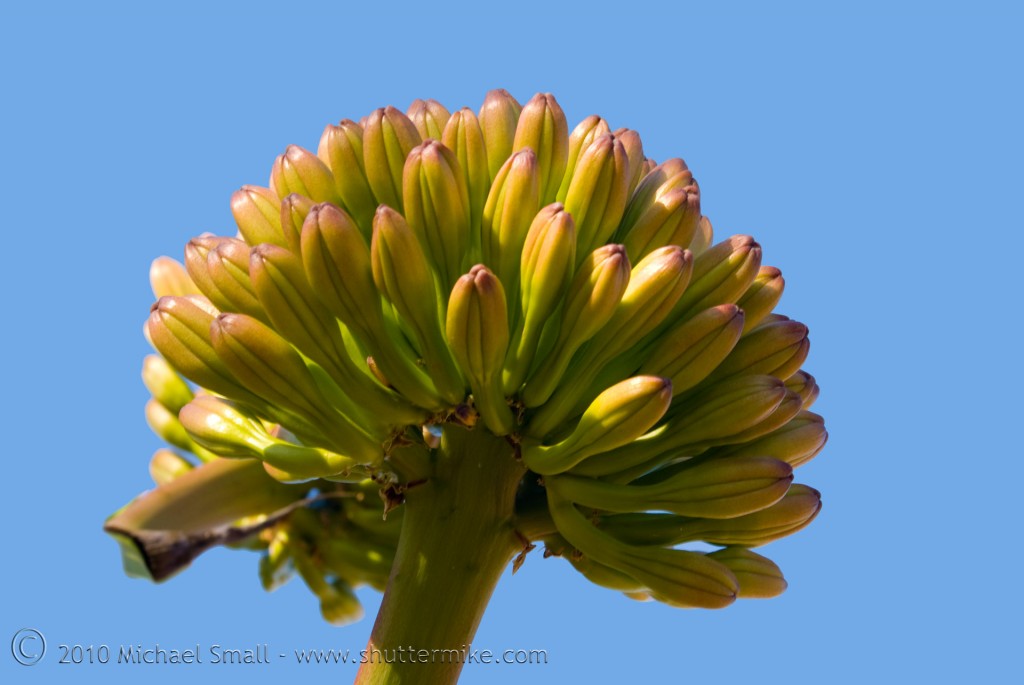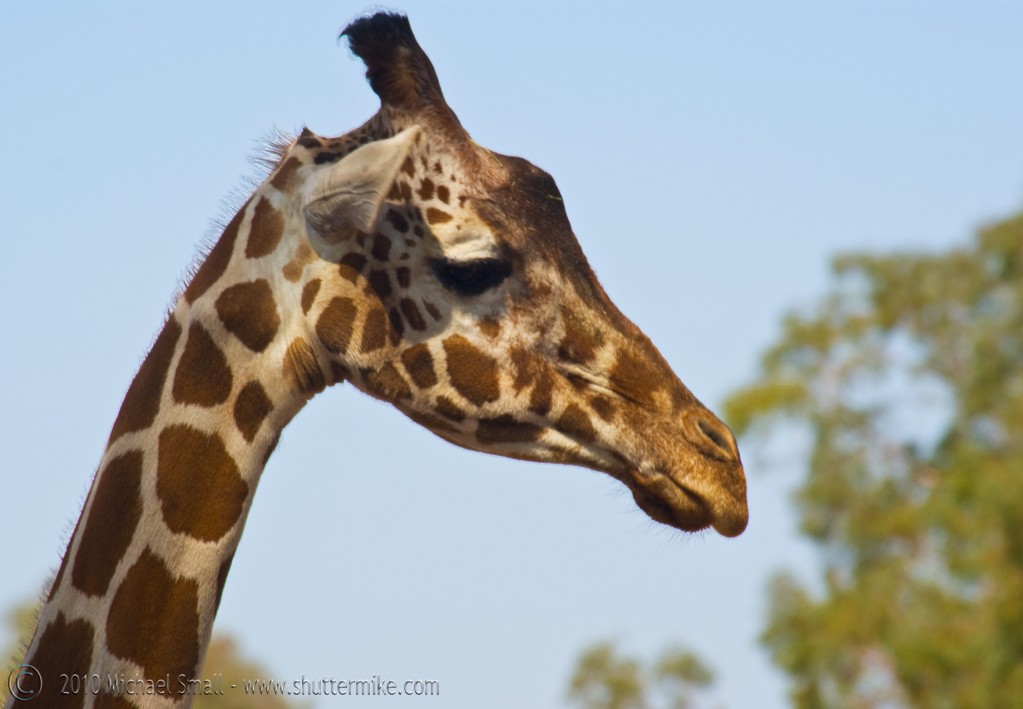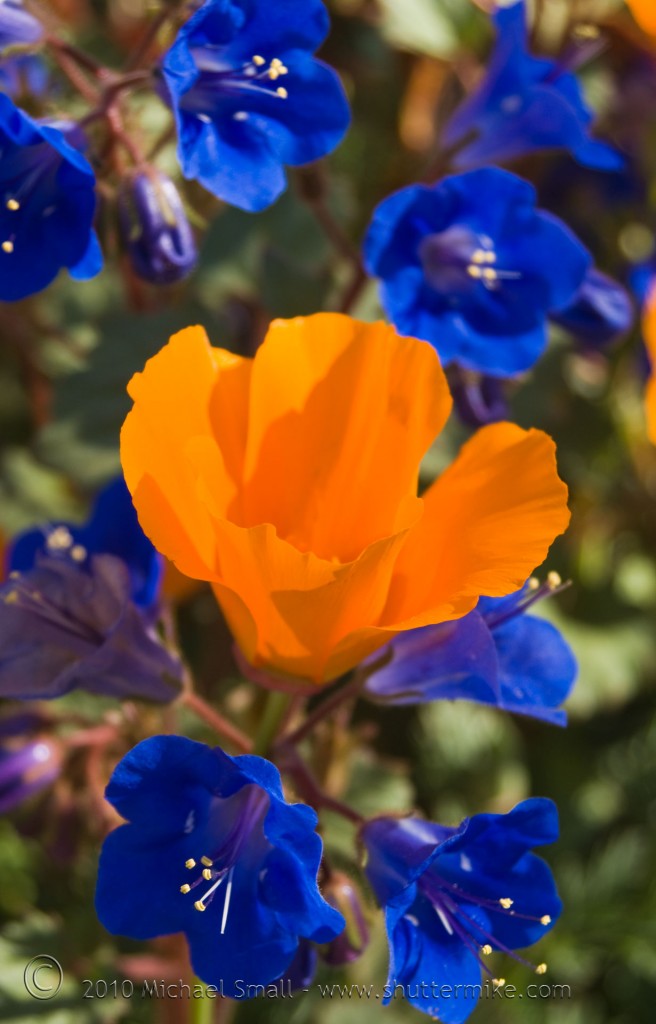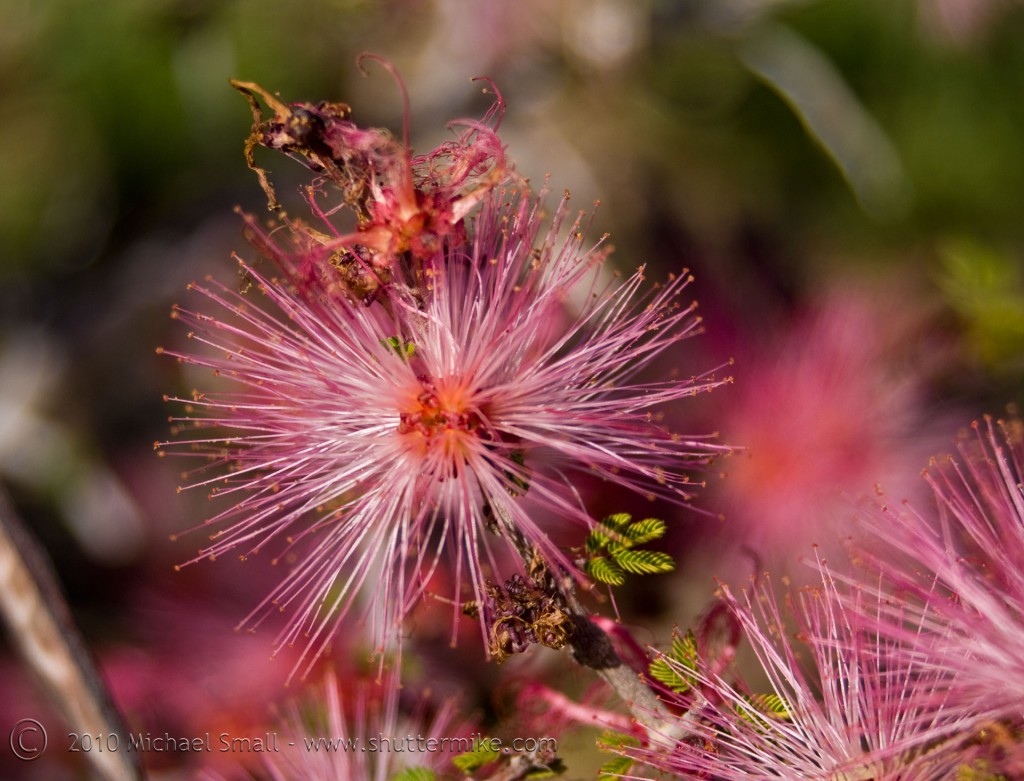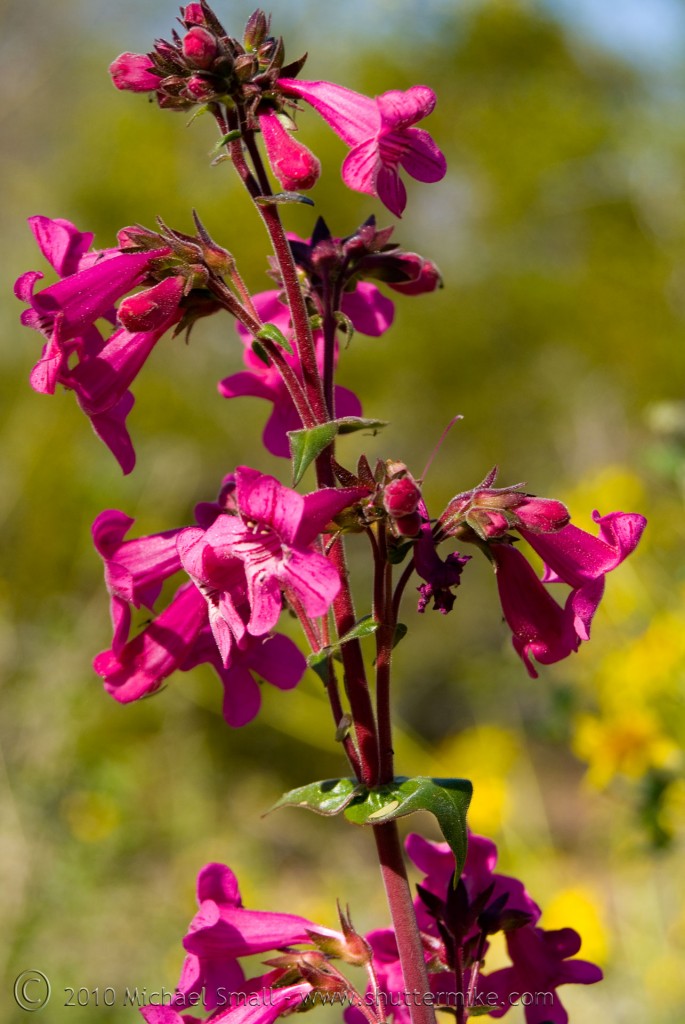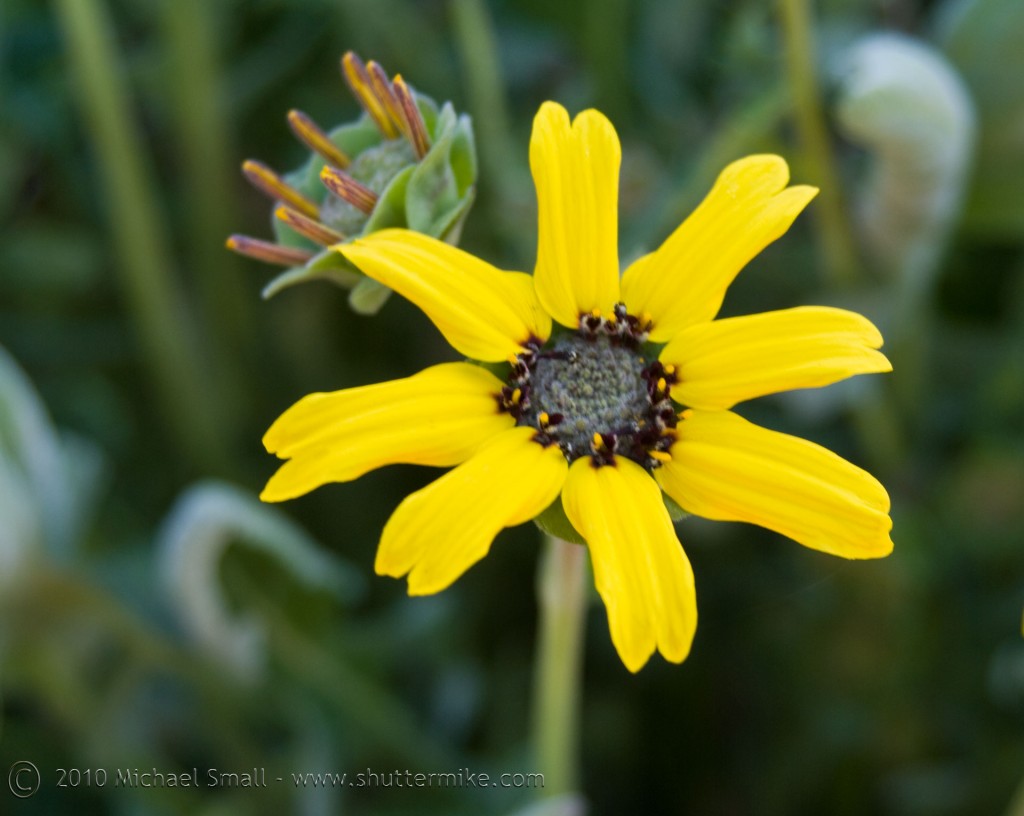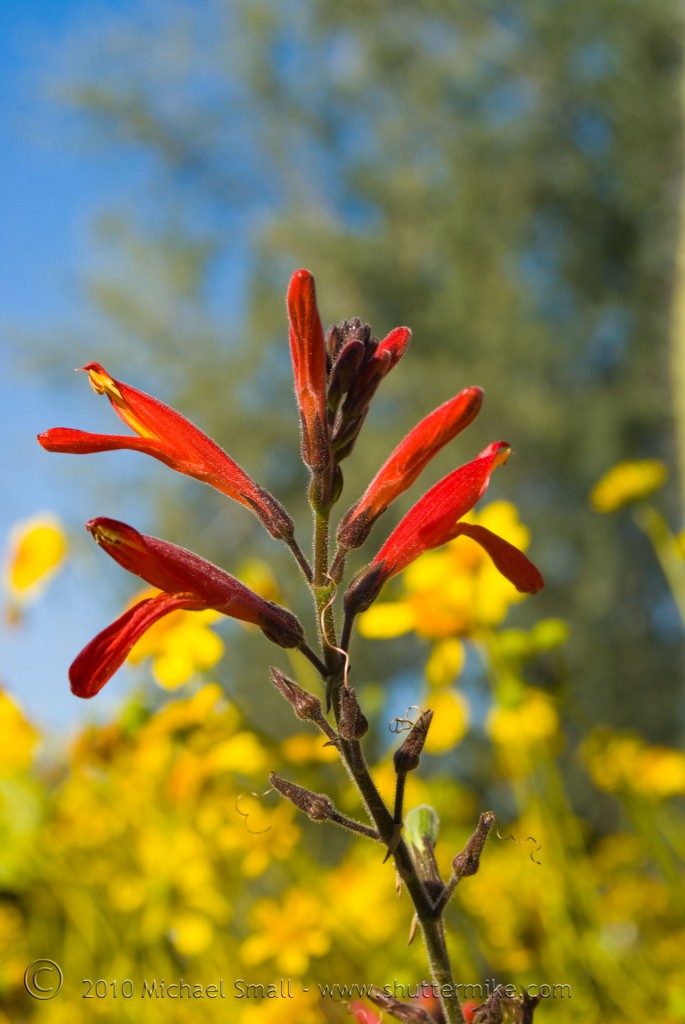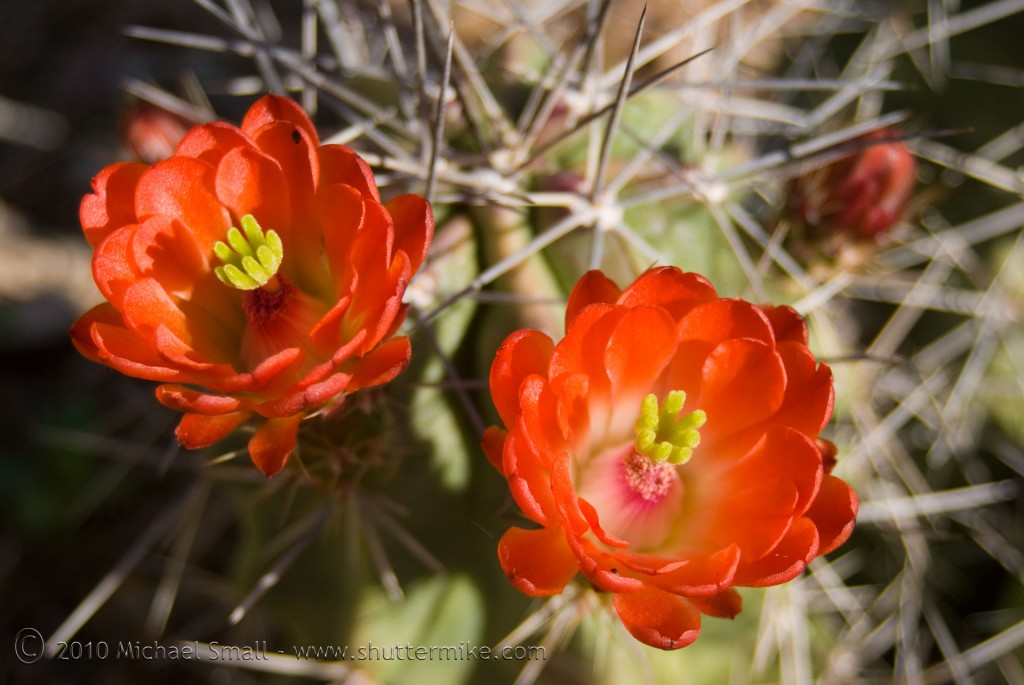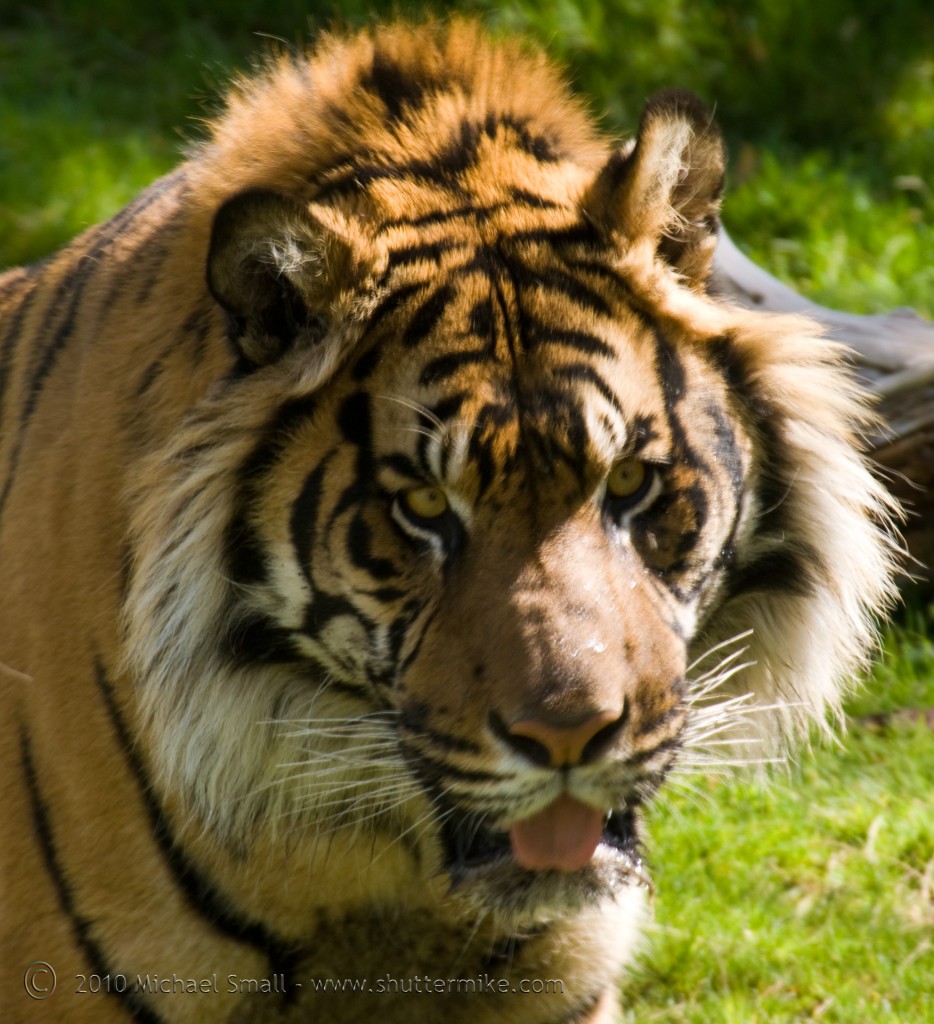For those of us who can’t get to the wilds of Africa for a photo safari the local zoo can be an acceptable alternative. Granted it is not quite the same thing with the sea of strollers and sno-cone vendors but in a pinch and on a limited budget the zoo offers an excellent opportunity to test out your “wildlife” photography skills. I did my Africa-like wildlife photography experience at the Phoenix Zoo not too long ago.
As with a true safari, a zoo safari can be hit or miss and requires a little forethought and planning. Here are a few tips that will help make your zoo safari photography expedition a little more fun and hopefully a little more successful.
1. The animals are not, and should not be, forced to be on display or to pose for the tourists at all hours. Even though they are in captivity, you are still on their turf and they call the shots. That means sometimes they are resting, hiding, or out to lunch. Be prepared to not see every animal and be prepared to be patient and wait for the perfect shot. Let the tourists stop, look and move on quickly. You should be prepared to hang out at the front door of the animals you are particularly interested in and wait.
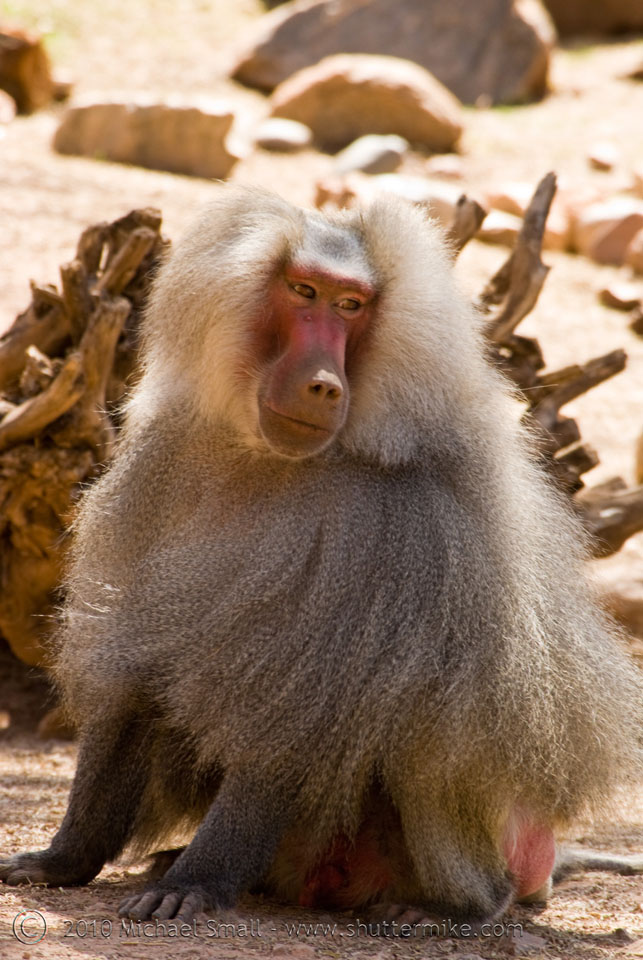 Baboon
f/10 – 1/50 sec – ISO 100 – Focal Length 300 mm
Baboon
f/10 – 1/50 sec – ISO 100 – Focal Length 300 mm
2. Focus on what you are there to see, the animals. Keep the background clutter to a minimum and compose your image appropriately so that the animal is the star of the photograph. Again, this may mean waiting on the animal to position themselves so that they shot is just right. Or maybe you have to reposition yourself to get the right angle and keep the cotton candy hawker out of sight. Keep your settings in mind for an appropriate depth of field as well. The right equipment, i.e. lens, can also help here.
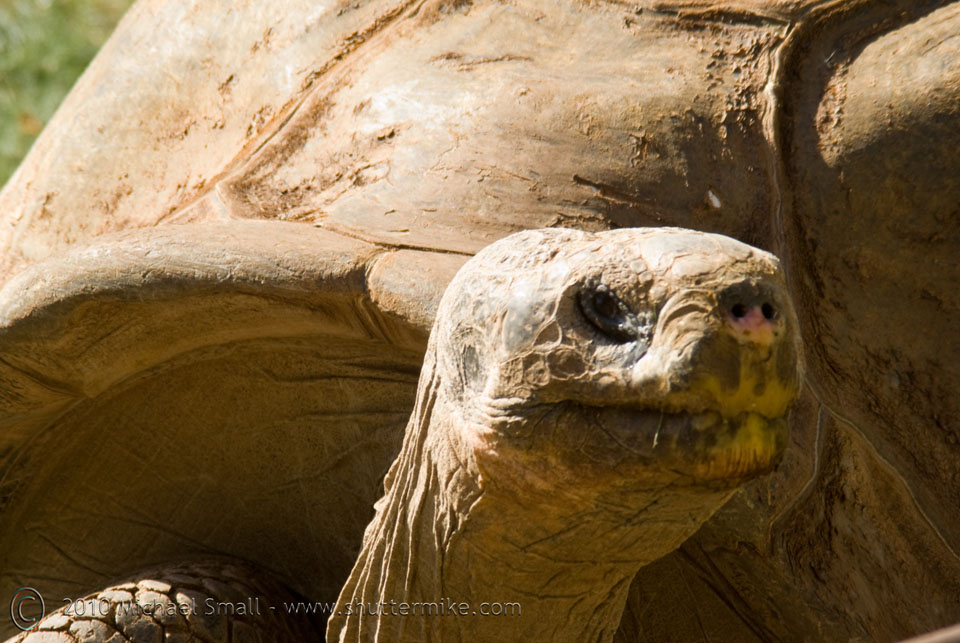 Close up on the Tortoise
Close up on the Tortoise
f/16 – 1/40 sec – ISO 100 – Focal Length 300 mm
3. Take the “action” shot i f you can get it. A beautifully posed animal portrait can be a great image. But also try to show the animal doing what animals do – eating, playing, swimming, swinging, and what not. This can make for a much more interesting image and say a good amount more about your subject. Once again this means you need to have the patience to wait for something to happen.
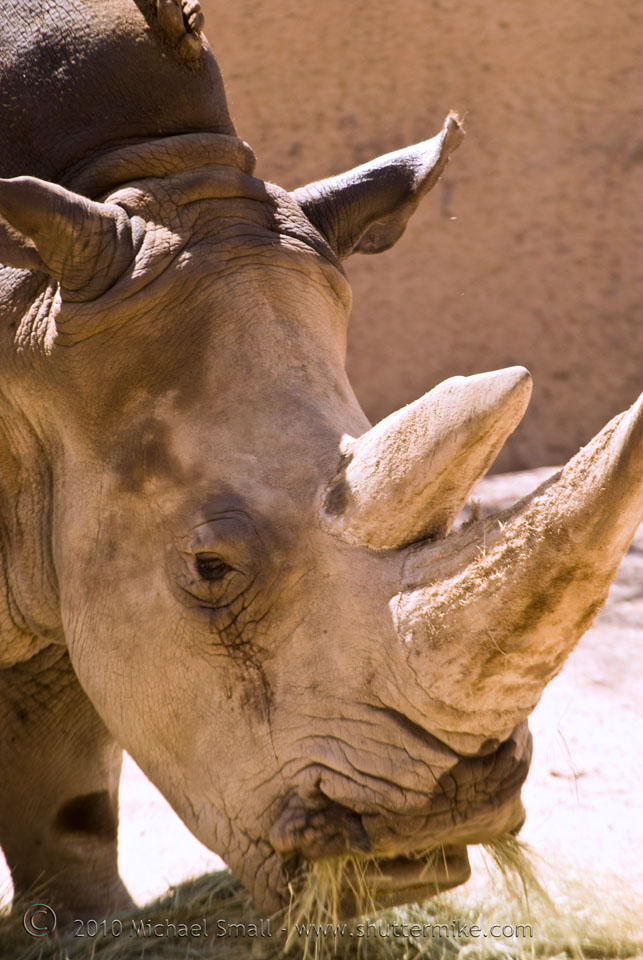 Sometimes this is as much action as you’re going to get.
f/9.0 – 1/80 sec – ISO 100 – Focal Length 230 mm
Sometimes this is as much action as you’re going to get.
f/9.0 – 1/80 sec – ISO 100 – Focal Length 230 mm
4. Plan your equipment. Assuming you are visiting a modern zoo where the animals are given space to roam you are going to want a lens that can bring them to you without having to throw yourself over the walls into the ring. Make sure you have your longest zoom lens in your camera bag to get up close and personal. A tripod or monopod could also come in handy for all that waiting time and if the opportunity presents it self for longer exposure shots.
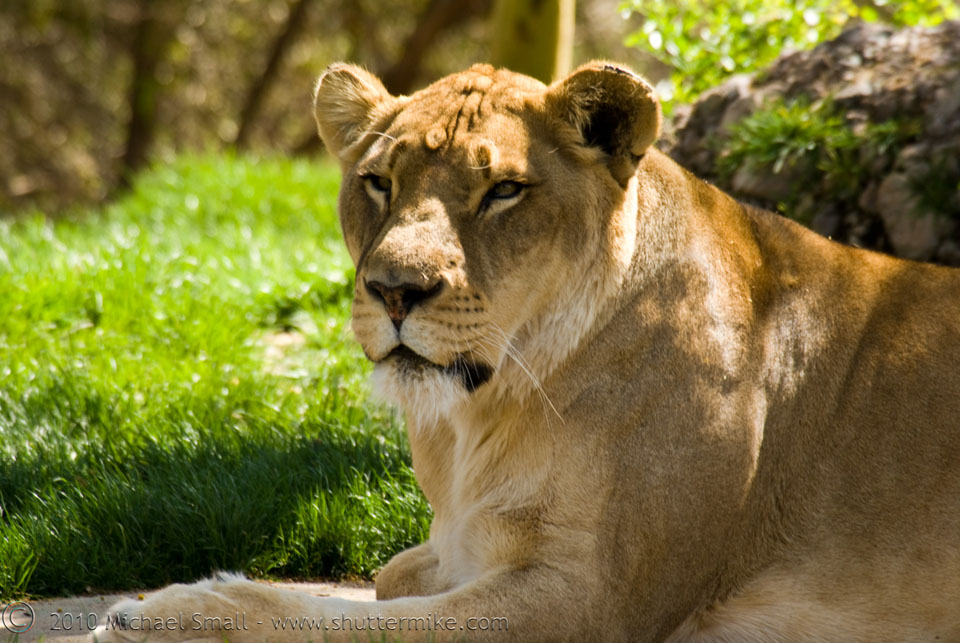 Zooming in on a Lioness
Zooming in on a Lioness
f/9.0 – 1/50 sec – ISO 100 – Focal Length 300 mm
This is the final part of my three part post on the 2010 wildflowers in Arizona (see Part I and Part II). Particularly those at the Desert Botanical Garden in Phoenix. All of these images would fall into the macro photography category where macro is defined a photograph that is taken close enough to the subject to make it appear in a true to life size in the final photo. Flower photography is one of the most common uses of a macro technique. But most any small object can be ideal for macro photography – insects, toys, just think small.
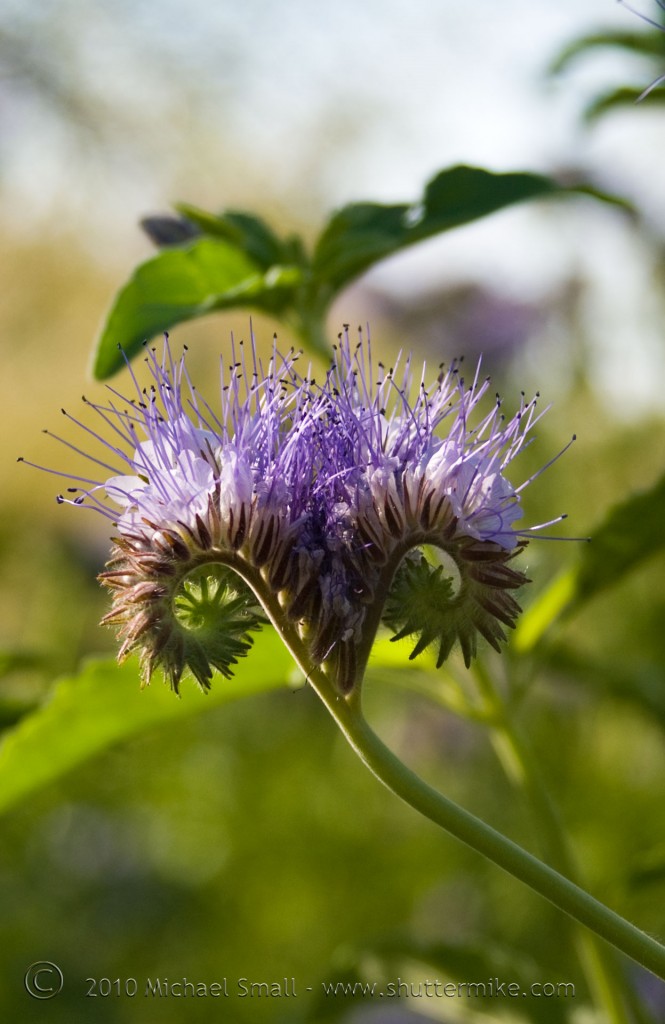 f/7.1 – 1/200 sec – ISO 100 – Focal Length 90mm
f/7.1 – 1/200 sec – ISO 100 – Focal Length 90mm
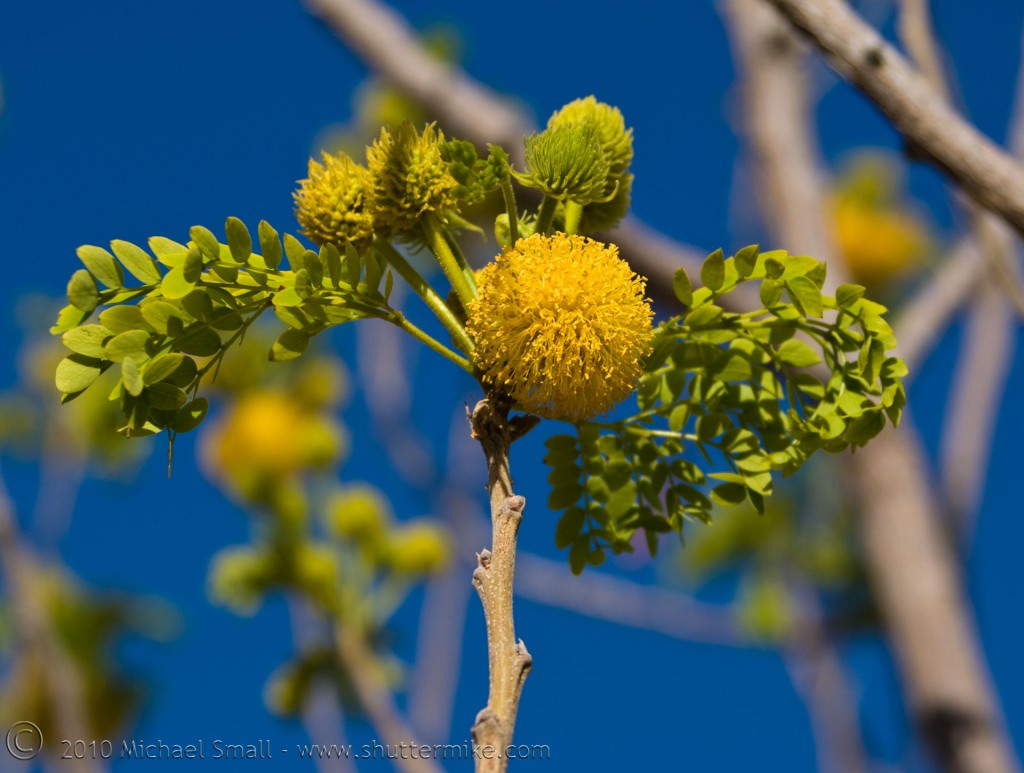 f/7.1 – 1/500 sec – ISO 100 – Focal Length 90 mm
f/7.1 – 1/500 sec – ISO 100 – Focal Length 90 mm
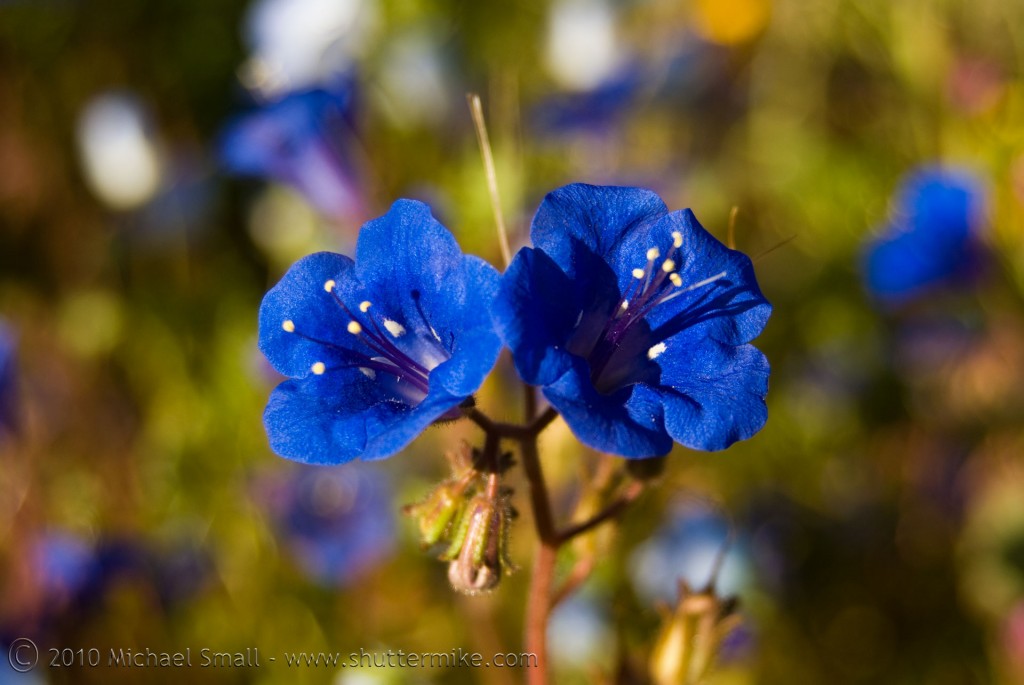 f/6.3 – 1/400 sec – ISO 100 – Focal Length 90mm
f/6.3 – 1/400 sec – ISO 100 – Focal Length 90mm
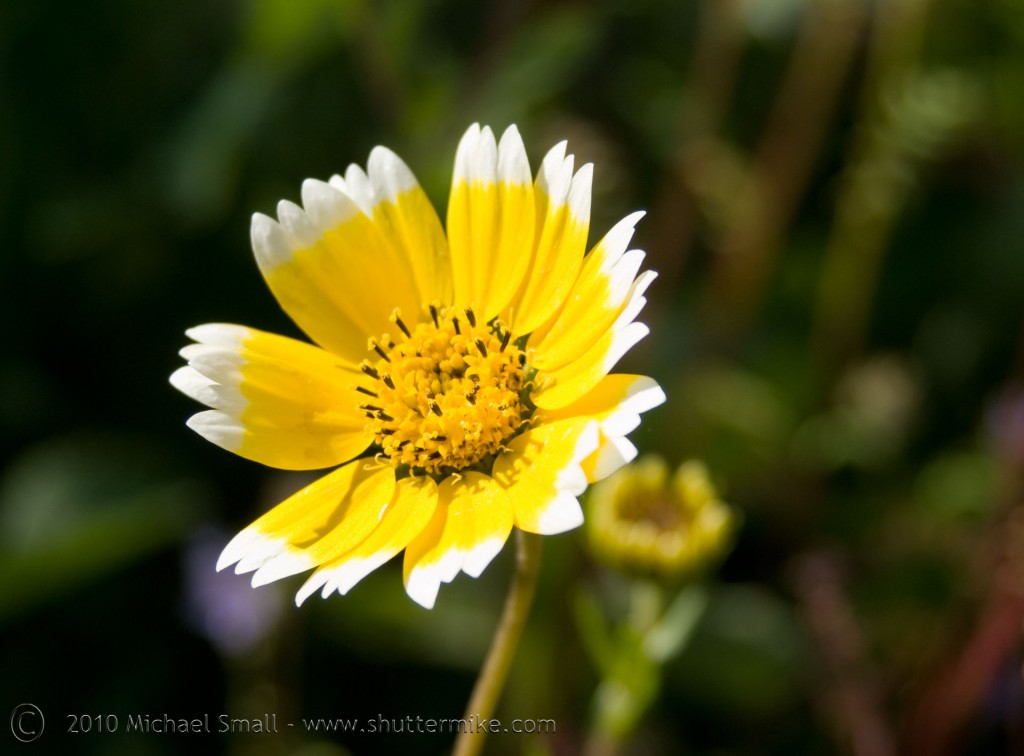 f/7.1 – 1/400 sec – ISO 100 – Focal Length 90mm
f/7.1 – 1/400 sec – ISO 100 – Focal Length 90mm
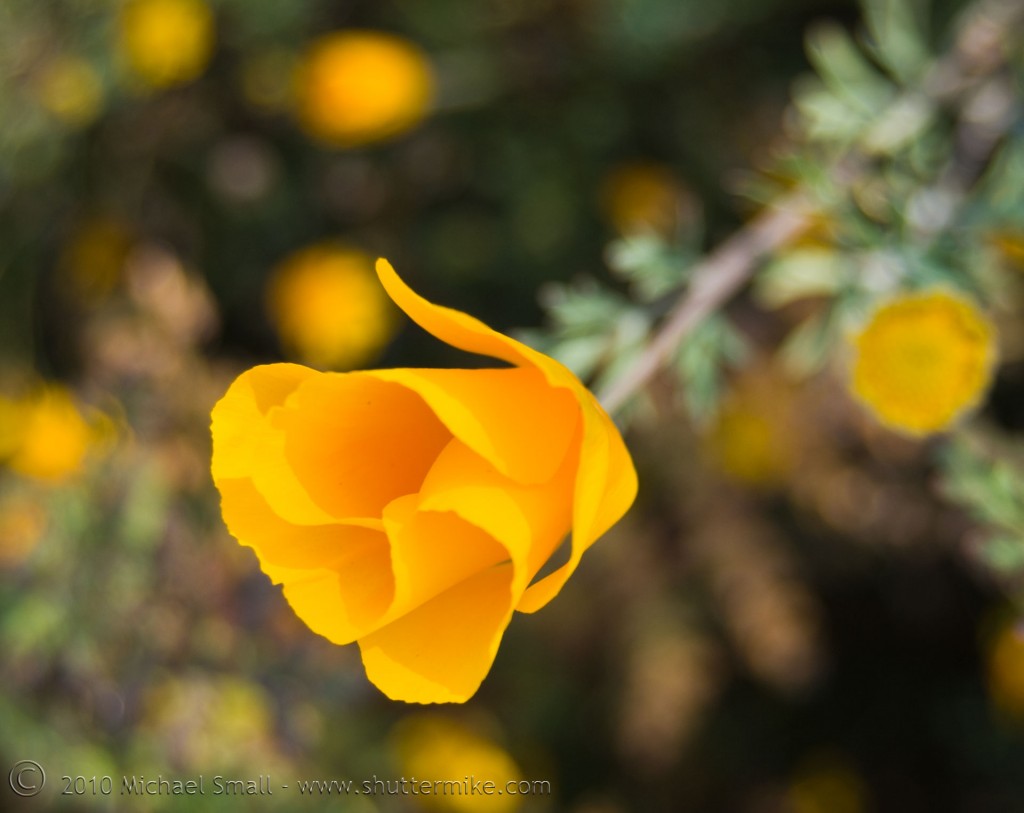
f/6.3 – 1/80 sec – ISO 100 – Focal Length 90mm
As you may have noticed, or possibly not, I updated the header image recently. My original goal was to rotate this image out more often than I actually have. I finally got around to switch the image because I was motivated by this particular photograph. I like the lighting and shadows, the muted colors, the perspective and the simplicity of the landscape.
I took a photography road trip to Southern Arizona last month with only a slight idea of where I was heading. I found the location of this image on the map and decided to see if there was anything worth photographing. There definitely was.
The image was taken in the Las Cienegas National Conservation Area near Sonoita, Arizona. This is cattle ranching and vineyard country with miles of grasslands, majestic mountain views and long stretches of empty back roads. If you get the opportunity and want to try your hand at some Arizona landscape and nature photography this is a fantastic area. It is not the better known Grand Canyon and traditional desert views Arizona is know for, but it is a hidden Arizona photographic gem.

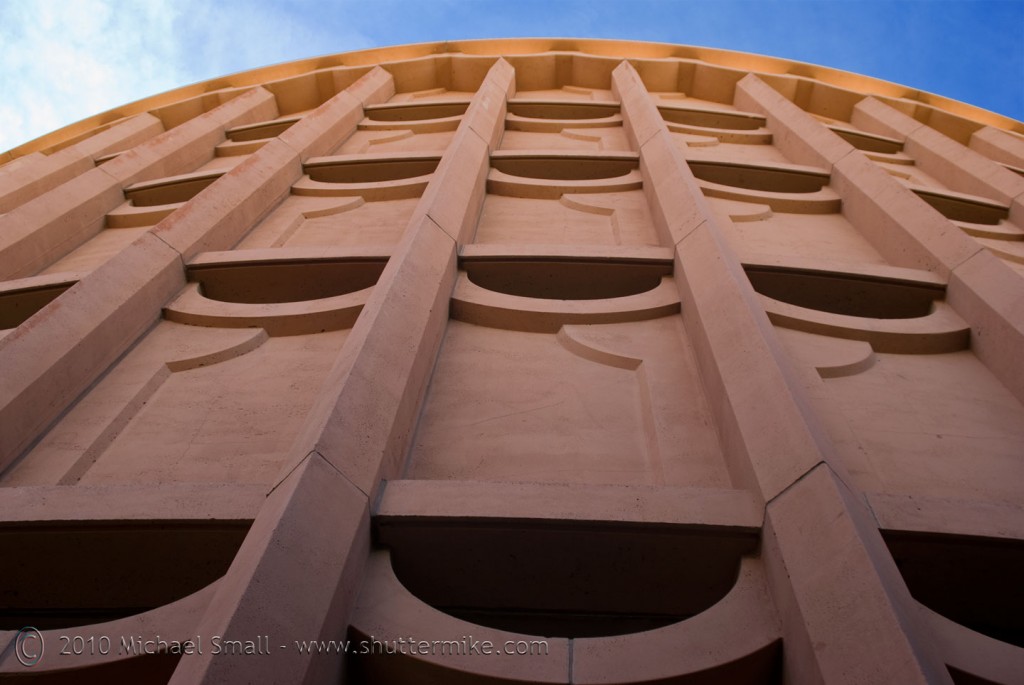 Music and Architecture
Arizona State University School of Music
f/6.3 – 1/125 sec – ISO 100 – Focal Length 30 mm
Music and Architecture
Arizona State University School of Music
f/6.3 – 1/125 sec – ISO 100 – Focal Length 30 mm